20 Cars Banned In The U.S.
The American auto market boasts a vast array of options, so much so that navigating through them when shopping for a new car can feel overwhelming. However, not every vehicle gets the chance to grace the U.S. car market. Many cars fail to meet the stringent standards established by the National Highway Traffic and Safety Administration (NHTSA) and the Environmental Protection Agency (EPA).
While there are exceptions to this rule, such as certain banned foreign models being eligible for import under the “Show or Display” law, or banned cars becoming importable once they reach the age of 25, a significant number of intriguing vehicles remain inaccessible to American consumers. With that in mind, let’s delve into 25 fascinating cars that the United States has prohibited.
Toyota Sera

In the 1990s, Toyota broke conventional norms by introducing the Toyota Sera, a hatchback featuring butterfly doors typically associated with supercars. Described by Car and Driver as “tiny, fun, and modern,” the Sera exudes an appealing charm. However, despite its allure, this innovative vehicle failed to comply with U.S. regulations.
Toyota’s design of the Sera disregarded American crash standards, necessitating extensive structural engineering to meet them. Consequently, the captivating wraparound-glass roof hatchback was never made available for sale in the United States.
Jaguar XJ220 S
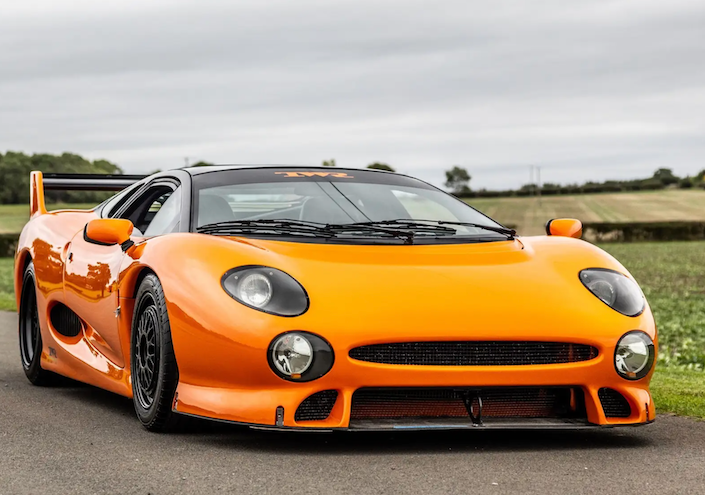
According to TopSpeed.com, the NHTSA’s decision to ban the Jaguar XJ220 S supercar stemmed from its limited production of only six units. Despite its rarity, the XJ220 earned its place in automotive history as the fastest Jaguar ever, boasting a remarkable top speed of 213 mph.
Regrettably, the XJ220’s exceptional speed proved too much for the government’s regulations at the time. TopSpeed.com attributes the supercar’s record-breaking performance to its lightweight construction, which lacked heavy features such as seats, air conditioning, and pop-up headlights, distinguishing the S model.
Lamborghini Sesto Elemento
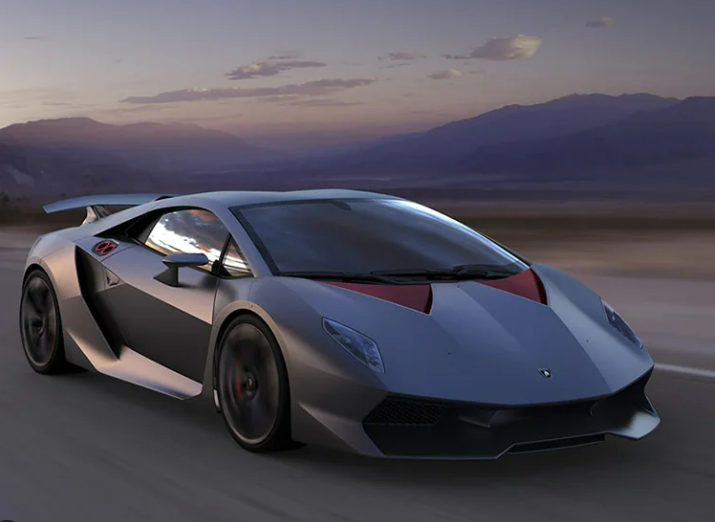
The Lamborghini Sesto Elemento, crafted from carbon fiber, is renowned for its exceptional lightweight design. HotCars highlights its remarkable weight advantage compared to other supercars, contributing to its incredible speed. Impressively, it achieves a 0-to-60 mph acceleration in just 2.5 seconds.
However, its astonishing speed renders it unsuitable for street use. Moreover, the exorbitant price tag likely makes it unattainable for many drivers. Lamborghini Palm Beach reported that the Sesto Elemento commanded a hefty $2.76 million price tag in 2017.
Land Rover Defender

Although the Land Rover Defender was legally available for purchase in the United States from 1993 to 1997, its authorization was revoked in 1998, as reported by Motor1.com. This action was prompted by its lack of airbags, rendering it non-compliant with updated federal safety standards.
However, Car and Driver notes that Land Rover reintroduced a new iteration of the Defender in the U.S. market in 2020. This revamped version allows enthusiasts to experience a modernized model reminiscent of the original model that was once banned.
Rover Mini Cooper

If you admire the iconic retro charm of a Mini Cooper, you’ll find several options available to American drivers. However, the Rover Mini Cooper is not among them due to being banned. Described by HotCars as “much more macho,” the Rover Mini Cooper stands out from other legally permissible alternatives.
Attempting to import a car into the country before it meets the 25-years-or-older import laws can have severe consequences. Such vehicles risk being seized and potentially crushed. In a notable case reported by the Associated Press in 2014, a Mini Cooper and Land Rover Defender were destroyed to underscore safety standards.
Pagani Huayra
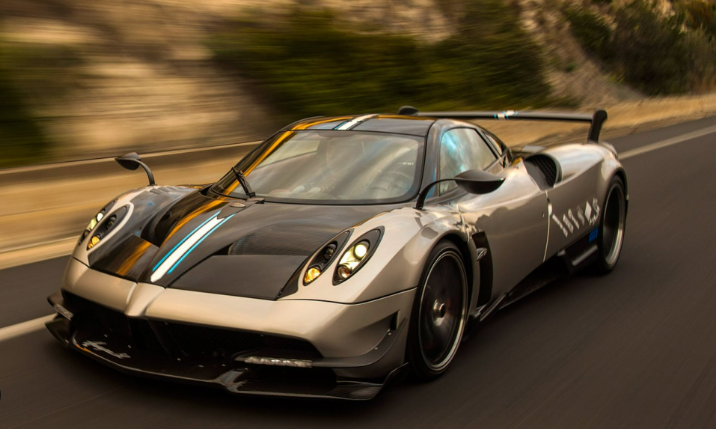
Described by HotCars as an “adrenaline-pumping Italian piece of art,” the Pagani Huayra is a stunning creation. However, it’s not a sight you’ll encounter on American roads due to being banned by the NHTSA. The absence of “an advanced feature that allows airbags to be deployed in a controlled manner” led to its prohibition.
For U.S. drivers, appreciating its beauty from a distance is the only option. HotCars emphasizes that the Huayra embodies the fusion of art and science, boasting a luxurious cabin crafted from wood, leather, and metal, setting it apart from other hypercars.
Nissan Skyline R34 GT-R
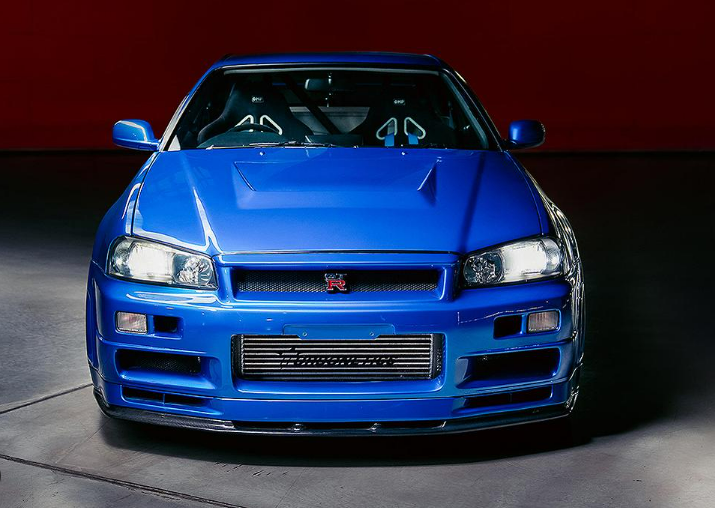
For many U.S. drivers inspired by its appearance in 2 Fast 2 Furious, owning a Nissan Skyline R34 GT-R remains a dream. However, there’s a snag: in most cases, it’s illegal.
According to Hagerty Media, exceptions exist for the 1999 Midnight Purple II and 2002 M-Spec Nur, which can be imported under the Show or Display exemption. Additionally, MotoRex modified a limited number of models in the early 2000s to meet safety and emissions standards.
Toyota Hilux
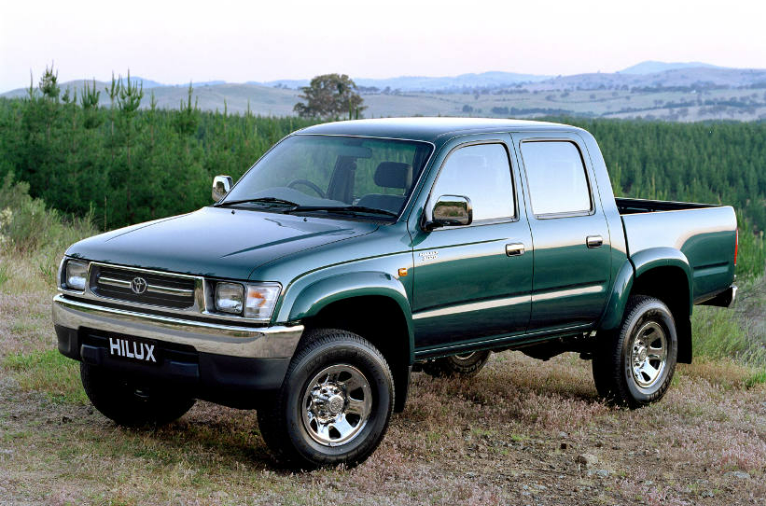
HotCars notes that the Toyota Hilux, introduced in Japan in 1968, quickly found success in North America due to its durability, smooth ride, and comfortable interior. However, purchasing one in the U.S. is no longer an option.
The primary reason for this is the Chicken Tax, which imposes a 25% tariff on imported light trucks built outside of the U.S. While safety and emissions standards may also play a role, the Chicken Tax is the main culprit. As an alternative, U.S. drivers can opt for the Tacoma instead.
Alfa Romeo Giulietta

According to TopSpeed.com, the Alfa Romeo Giulietta may not be exceptionally fast, nor does it have glaring safety concerns like lacking airbags. However, it remains banned in the United States, possibly due to the absence of automatic emergency braking, which could raise safety concerns.
Despite its ban from U.S. streets, the Giulietta may not be a significant loss for Americans. Auto Express highlights its cramped interior and drive mode settings that may not satisfy sporty drivers, suggesting that its appeal may be limited.
Noble M600
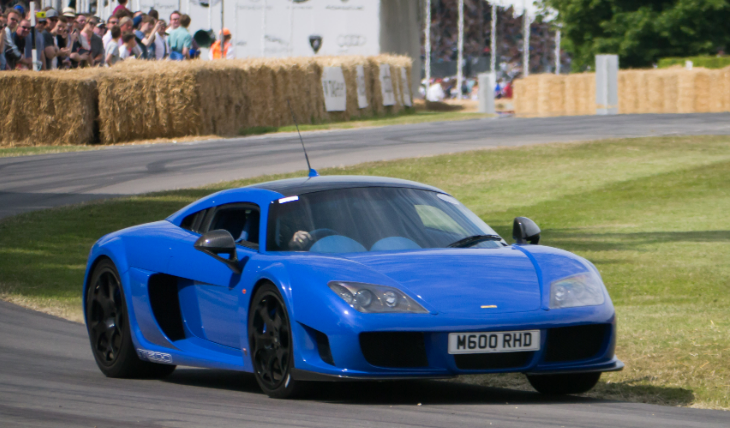
TopSpeed.com notes that the Noble M600, a sleek British-made supercar, fails to meet NHTSA requirements due to lacking features like an anti-lock braking system or airbags, which aligns with the government’s standards.
With a hefty price tag of $350,000, the Noble M600 may already be out of reach for many drivers. However, its powerful V8 engine, generating 650 hp and propelling it to 60 mph in just 3.0 seconds, suggests it offers an exhilarating driving experience nonetheless.
TVR Sagaris
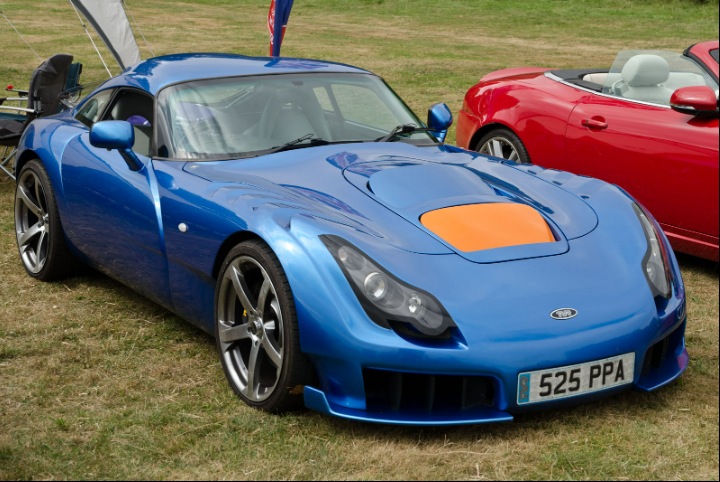
HotCars reports that the TVR Sagaris, another British sports car, fails to meet NHTSA or EPA standards, primarily due to its powerful engine, which exceeds U.S. authorities’ regulations.
Weighing less than 2,000 lbs and boasting 380 hp, the Sagaris offers a thrilling driving experience. However, TopSpeed.com highlights that its lack of airbags or an anti-lock braking system disqualifies it from meeting safety standards in the U.S., resulting in its exclusion from the market.
Porsche 959

According to HotCars, the Porsche 959 was renowned as one of the fastest production cars of its era, boasting impressive acceleration and a top speed approaching 200 mph. With only 337 units ever produced, it has become a coveted collector’s item.
Fortunately for U.S. enthusiasts, there is hope of driving this iconic vehicle legally on American roads. HotCars notes that a considerable number of 959s have been made street-legal in the United States through a restoration program by Canepa Design, which ensured compliance with emission standards.
Lotus 340R
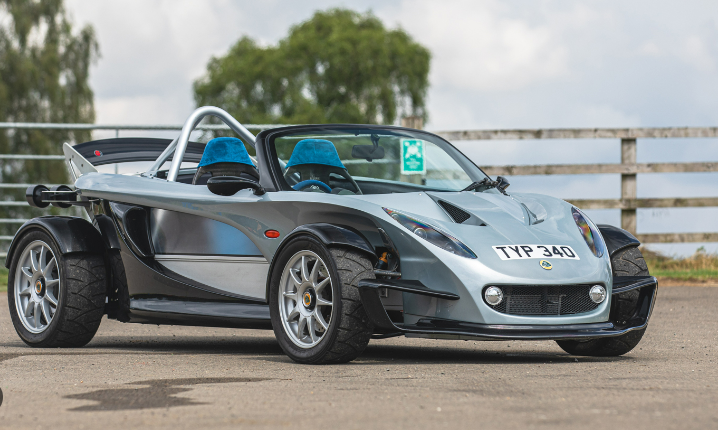
The Lotus 340R, described by HotCars as both a marvel of speed and beauty, faces an unfortunate ban from U.S. roads. Its striking design, while captivating, becomes its downfall in the eyes of American authorities.
One significant factor contributing to its ban is its lack of doors, a feature deemed essential for safety standards. HotCars highlights this design choice as a primary reason for the blanket prohibition imposed on all units of the Lotus 340R. Moreover, the absence of a roof further compounds its non-compliance with U.S. regulations, cementing its status as an illegal vehicle in the country.
Smart Crossblade

The Smart Crossblade, as MotorBiscuit notes, faced understandable restrictions from being approved for U.S. roads. Its unconventional and futuristic design, akin to the Lotus 340R, posed significant hurdles to compliance with American regulations. Notably, the absence of doors and a roof, characteristic of traditional vehicles, contributed to its disqualification.
Moreover, the Crossblade’s windshield design presented substantial safety concerns. Significantly smaller than standard windshields, it not only left drivers susceptible to insect encounters but also lacked adequate protection in the event of a head-on collision. These design flaws further underscored the vehicle’s incompatibility with U.S. safety standards.
Saab 9-5 SportCombi
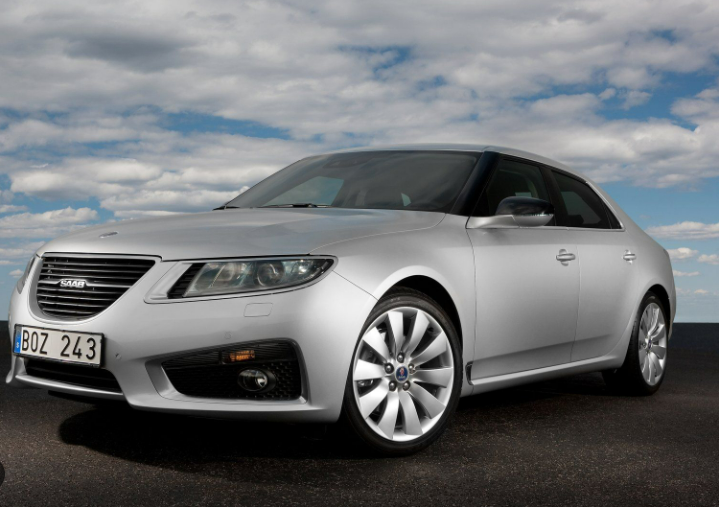
Brake For It notes that the Saab 9-5 SportCombi, one of the final models produced by the company before its bankruptcy, never reached American shores. Described as a luxurious crossover with wagon-style attributes, it was anticipated to be a popular choice. However, its absence in the U.S. market was due to safety testing failures, according to the source.
In 2011, Motor Authority highlighted the significance of the 9-5 SportCombi being a wagon, especially as many American automakers had disregarded this style. Despite potential interest from wagon enthusiasts in the States, the vehicle remained unavailable due to regulatory hurdles.
Aston Martin Virage
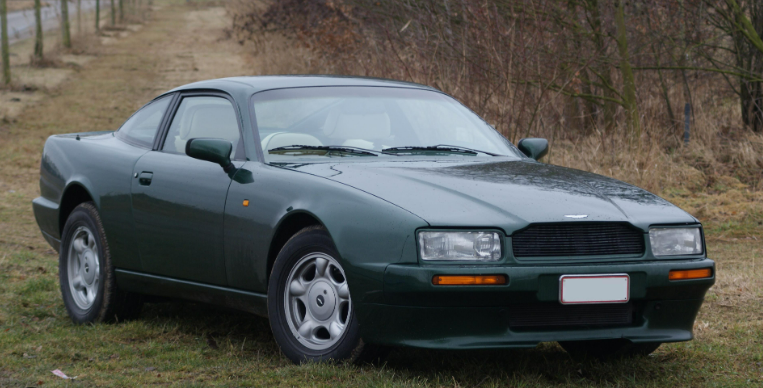
According to MotorBiscuit, the Aston Martin Virage faces two obstacles in gaining approval for U.S. roads. Firstly, it lacks sufficient airbags, and secondly, it fails to meet U.S. emission standards. Nonetheless, MotorTrend praises its blend of firm yet controlled ride, combined with impressive quietness and suppleness.
Undoubtedly, there’s a keen interest among American drivers to experience this vehicle firsthand. However, this restriction might serve as inspiration. MotorBiscuit shares an anecdote of a driver who successfully transformed a Virage into a street-legal drag car, showcasing the potential for creative solutions despite regulatory barriers.
Ford Focus RS500
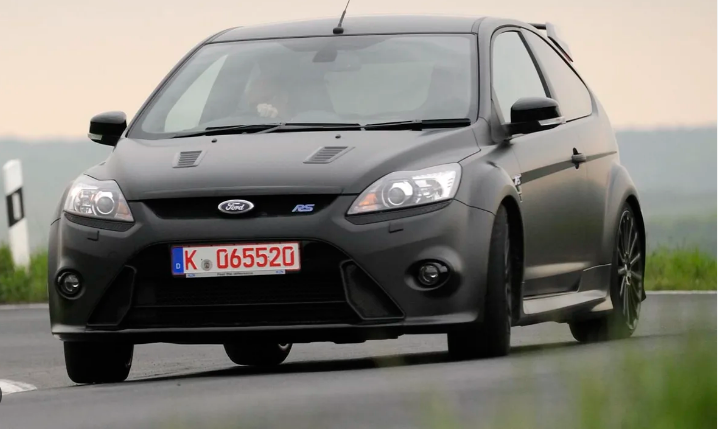
The Ford Focus RS500, while not a typical exclusion in the U.S., remains a European exclusive. Endurance describes this souped-up version as a “pocket rocket,” capable of accelerating to 62 mph in just 5.6 seconds. Despite its allure, Forbes reports that Ford deemed it financially impractical to adapt the Focus RS500 for U.S. street legality.
To compound the frustration for American enthusiasts, the absence of any new Ford hatchbacks since the discontinuation of the Ford Focus RS in 2018 only adds salt to the wound.
Nissan Patrol

While American drivers have access to robust Nissan SUVs like the Pathfinder and Armada, one notable omission from their options is the Nissan Patrol. This absence is due to safety features that fall short of U.S. standards, as noted by MotorBiscuit.
Yet, the interior design of the Patrol may not leave American buyers feeling too deprived. CarExpert contrasts it with the more contemporary appearance of the Armada, describing the Patrol’s interior as “luxurious in a distinctly ’90s manner.” The infotainment system fares no better, deemed “even more outdated” by the source.
Lamborghini Strosek Diablo
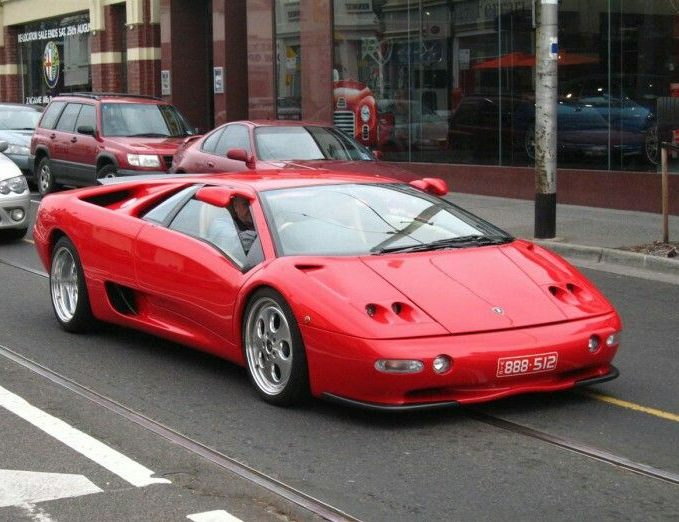
According to HotCars, the Lamborghini Strosek Diablo faces a ban in the United States due to two primary reasons. Firstly, its excessive speed surpasses regulatory limits. Secondly, certain design elements, like its impractical side mirrors and headlights, contribute to its disqualification.
For enthusiasts still yearning for a Lamborghini experience, HotCars suggests turning to the Lamborghini Huracan STO as a viable alternative. This street-legal option promises to deliver the quintessential Lamborghini thrill while complying with legal requirements.
Lotus Elise Series 1
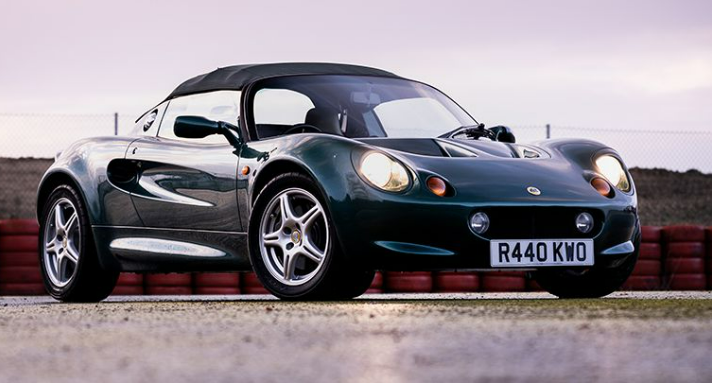
Classic & Sports Car highlights the affordability of the Lotus Elise Series 1 compared to other sports cars. However, despite its relatively lower price point, American drivers are unable to access it due to a ban. According to HotCars, the Elise Series 1 is illegal for several reasons, including its right-hand drive configuration, excessive speed, and lack of a roof.



